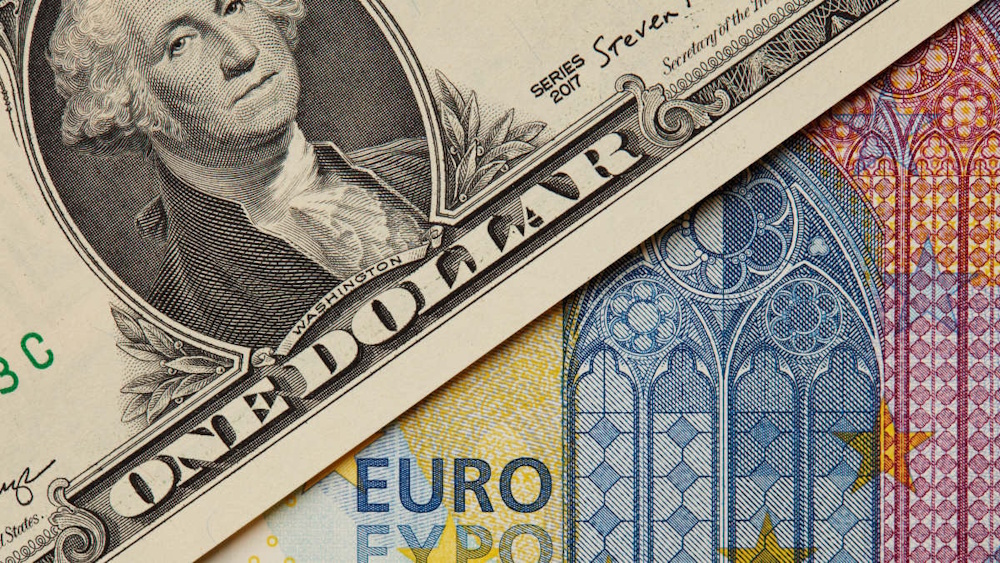The EUR/USD pair is firmly positioned around 1.1600, ending the week with a slight 0.21% decrease while maintaining its position above the three-day support level. The subdued U.S. CPI reading at 3.0%, marginally under the anticipated 3.1%, has bolstered confidence that the Federal Reserve will move forward with a 25-basis-point rate cut, narrowing its target range to approximately 3.75%–4.00%. However, the stronger U.S. manufacturing PMI at 52.2 and services PMI at 55.2, both reaching multi-month highs, indicate that the American economy continues to maintain momentum, complicating the Fed’s dovish trajectory. The U.S. Dollar Index, currently at 98.94, has shown a slight recovery, which has constrained the Euro’s upward movement following its early-week advances toward 1.1650, as resistance at the 100-day moving average (1.1658) has held firm. The narrative across Europe continues to present a mixed picture. The most recent HCOB Flash PMIs have risen to 50.0 for manufacturing and 52.6 for services, surpassing expectations and indicating that the Eurozone’s recovery momentum is slowly re-emerging.
Industrial production data indicated a month-over-month increase of 0.8%, attributed to enhanced factory output in Germany and the Netherlands. However, optimism was moderated following Moody’s adjustment of France’s outlook to negative, indicating that political uncertainty and fiscal deficits exceeding 4.4% of GDP may impede the execution of reforms. This downgrade has introduced a heightened sense of caution among Euro traders, as markets anticipate that the European Central Bank will uphold a restrictive approach until Q4 2025 in order to safeguard price stability close to its 2% inflation target. The ongoing government shutdown in the United States, which has now reached its fourth week, is starting to diminish both business and consumer confidence. The University of Michigan consumer sentiment index has been adjusted downward to 53.6, falling short of projections, while one-year inflation expectations have decreased marginally to 4.6%. A report indicates that the shutdown is reducing Q4 GDP growth by approximately $2 billion each week. At the same time, the Trump administration’s renewed trade investigation into China has sparked renewed uncertainty regarding global supply chains, dampening risk appetite and strengthening defensive positions in the dollar. Market participants are exercising caution in anticipation of the FOMC decision, which reflects an 88% probability of a rate cut in November. However, the presence of mixed macroeconomic data contributes to a subdued volatility environment. From a technical perspective, EUR/USD is currently neutral, albeit with a slight inclination towards the downside. The pair is currently positioned beneath its 20-day and 100-day Simple Moving Averages, which are both converging around 1.1655, indicating a resistance area. Support remains intact at 1.1600, with subsequent levels at 1.1550, where consistent dip-buying activity has been observed.
The Relative Strength Index is currently positioned below 50, suggesting a lack of significant bullish momentum. A breakout above 1.1700 may initiate a movement towards 1.1800, aligning with the July highs, whereas a close below 1.1550 would reveal the pair’s vulnerability to the August low at 1.1390. Options data indicate a market anticipating rangebound trading, marking its lowest level since August. This suggests a reduction in hedging activity in anticipation of the upcoming Fed and ECB meetings next week. Projections from leading organizations highlight the differences in long-term perspectives. Wells Fargo anticipates that EUR/USD will increase to approximately 1.18 before declining to 1.12 by the first quarter of 2027. This projection is based on a temporary strength in the Euro, which is expected to be followed by a resurgence of dollar strength as U.S. growth stabilizes. ING upholds a target of 1.20 by the end of 2025, contending that the ECB’s stricter policy alongside a softening U.S. yield curve may support moderate appreciation of the Euro. Meanwhile, RBC Capital Markets anticipates a more optimistic outlook, predicting 1.24 by late 2026, dependent on ongoing structural dollar weakness and fiscal expansion within the Eurozone.
Conversely, Credit Agricole anticipates a resurgence of dollar strength by mid-2026, as the Fed pauses rate cuts, which could limit the Euro’s rise to below 1.22. This divergence underscores the significance of central bank synchronization—or the absence of it—in shaping the forthcoming macro trend for EUR/USD. Following three consecutive sessions of consolidation above 1.1600, EUR/USD seems to be in equilibrium, influenced by dovish Federal Reserve expectations and varied Eurozone economic indicators. The short-term outlook stays neutral to slightly bullish as long as the pair remains above 1.1550, with potential for an increase to 1.1750 if the Fed announces a cut next week. Nonetheless, robust U.S. PMI resilience and the fiscal downgrade of France persist in limiting aggressive Euro purchases. For investors positioning into Q4, EUR/USD is a Hold at current levels, with tactical buy opportunities emerging only on confirmed closes above 1.1660 or dips toward 1.1500 supported by renewed ECB confidence and softer U.S. yields.

